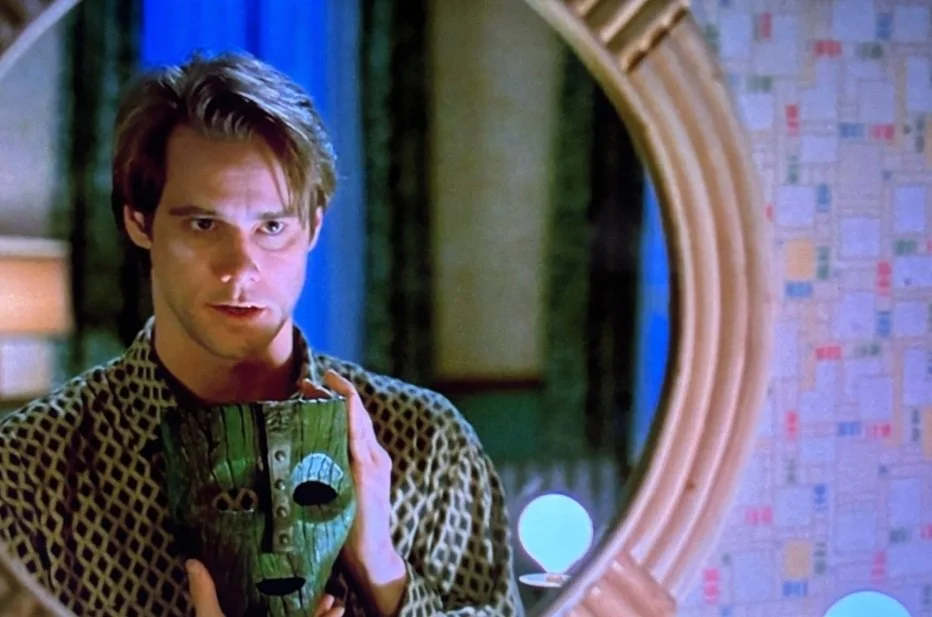If your loved ones are feeling really overwhelmed with “big feelings” like anxiety, anger, or sadness, here’s one way to help them anchor themselves to the present and reduce stress using the five senses.
Living Wholehearted: Emotions Help Us Thrive
Emotions are an essential part of life and relationships. Try as you might, you won’t be able to get rid of them…and there’s no need to! Anxiety, guilt, shame, anger, and sadness reveal legitimate needs that all of us have. As we reintegrate emotions back into our lives, we are empowered to engage life to the fullest.











